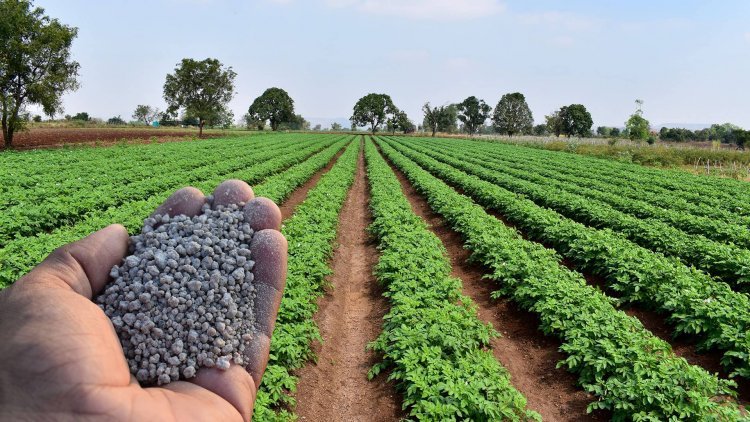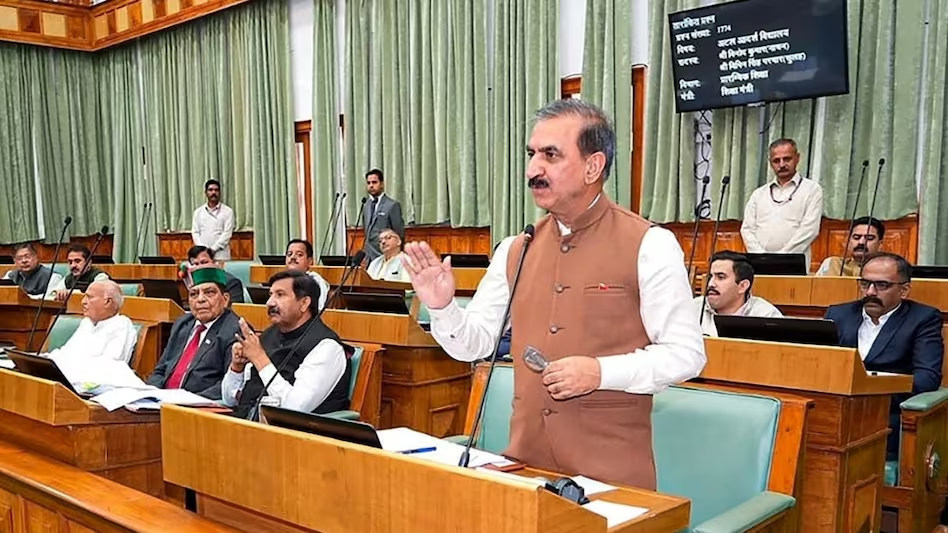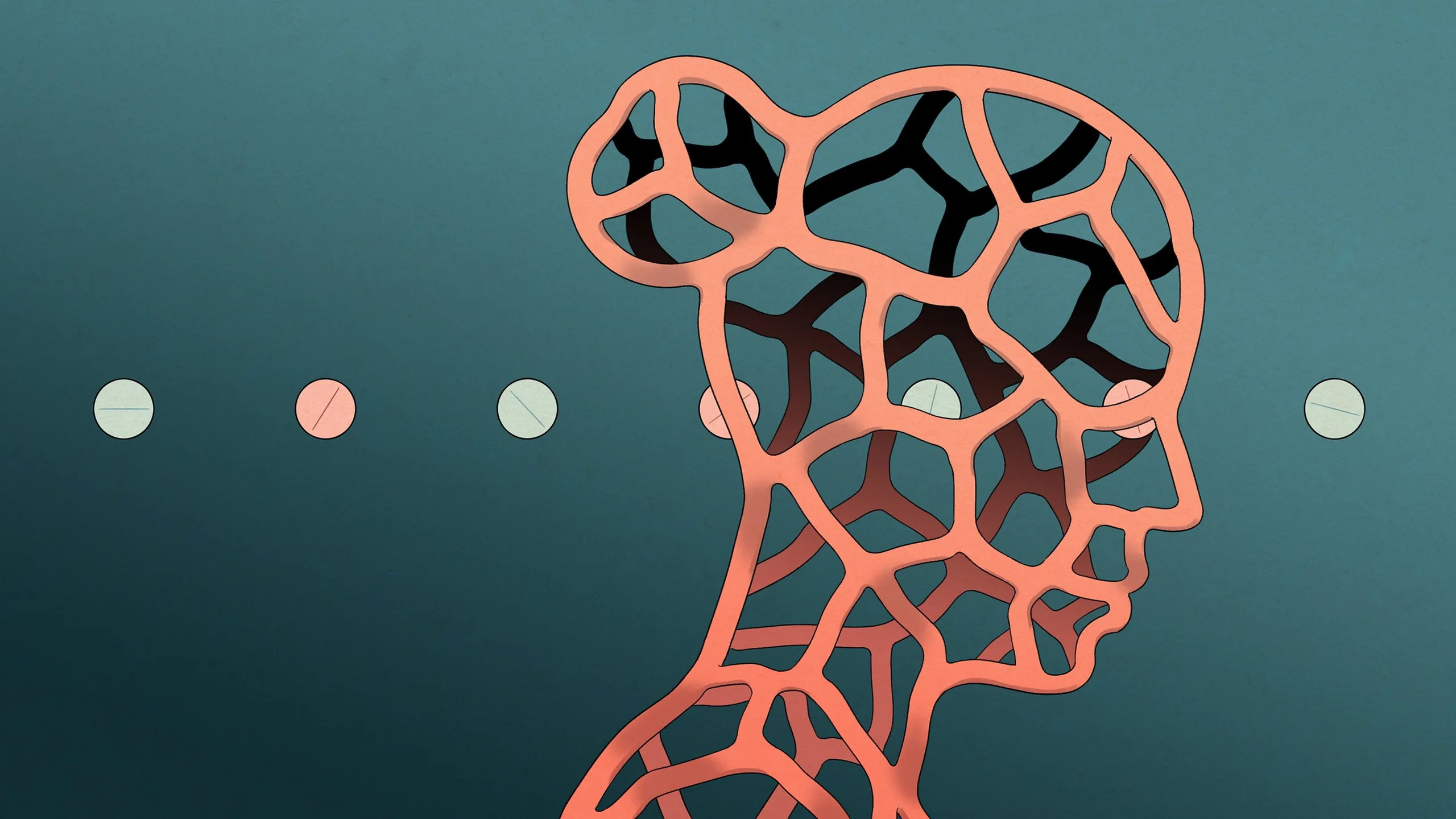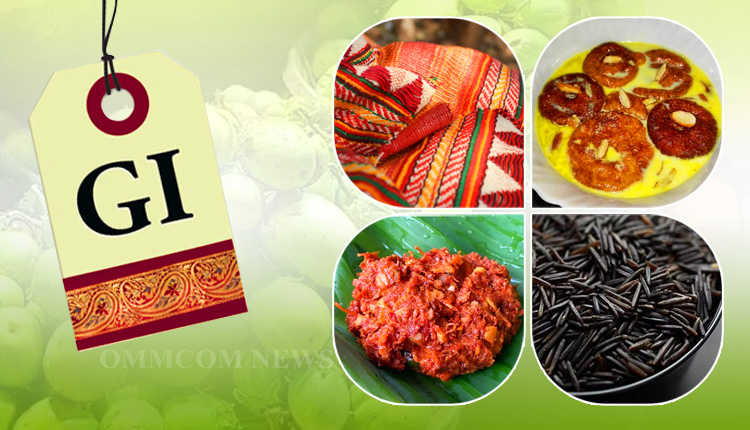- Courses
- GS Full Course 1 Year
- GS Full Course 2 Year
- GS Full Course 3 Year
- GS Full Course Till Selection
- Answer Alpha: Mains 2025 Mentorship
- MEP (Mains Enrichment Programme) Data, Facts
- Essay Target – 150+ Marks
- Online Program
- GS Recorded Course
- Polity
- Geography
- Economy
- Ancient, Medieval and Art & Culture AMAC
- Modern India, Post Independence & World History
- Environment
- Governance
- Science & Technology
- International Relations and Internal Security
- Disaster Management
- Ethics
- NCERT Current Affairs
- Indian Society and Social Issue
- NCERT- Science and Technology
- NCERT - Geography
- NCERT - Ancient History
- NCERT- World History
- NCERT Modern History
- CSAT
- 5 LAYERED ARJUNA Mentorship
- Public Administration Optional
- ABOUT US
- OUR TOPPERS
- TEST SERIES
- FREE STUDY MATERIAL
- VIDEOS
- CONTACT US
India Faces DAP Crunch Amid China’s Export Restrictions
India Faces DAP Crunch Amid China’s Export Restrictions

Why in the News?
- India is facing a shortage of di-ammonium phosphate (DAP), a very important fertilizer.
- This is mainly because China, which used to supply a lot of DAP to India, has reduced its exports.
- Due to this, prices of DAP and other related materials have gone up. Farmers are now using other types of fertilisers as alternatives.
What is DAP and Why is it Important?
|
|
S. No. |
Event |
Time/Order |
|
1 |
China begins reducing exports of DAP |
Early 2024 |
|
2 |
China completely stops DAP exports to India |
Start of 2025 |
|
3 |
India’s DAP imports from China fall from 22.9 lt (2023–24) to 8.4 lt (2024–25) |
FY 2024–25 |
|
4 |
India faces a DAP shortage of around 20 lakh tonnes |
Kharif season 2025 |
|
5 |
International prices of DAP and phosphoric acid start rising |
Jan–June 2025 |
|
6 |
Latest DAP import cargo from Jordan costs $781.5 per tonne (up from $633 in Jan 2025) |
June 2025 |
|
7 |
Farmers begin shifting to alternative fertilisers like NPKS complexes and APS |
Throughout 2025 |
|
8 |
DAP sales fall; APS and NPKS fertiliser sales rise |
April–May 2025 |
|
9 |
Government informally caps DAP retail price at ₹1,350 per bag, actual market price ₹1,700 |
Ongoing (2025) |
|
10 |
Experts suggest this shift is healthier for long-term soil and fertiliser balance |
Mid-2025 onwards (policy response) |
What are the Key Highlights?
- China’s Export Restrictions: China has cut down exports of many products, including DAP fertiliser. This is to keep enough supply for its own farmers and to support phosphate use in electric vehicle (EV) batteries.
- Drop in DAP Supply to India: India’s DAP stock in June 2025, was only 12.4 lakh tonnes, compared to 21.6 lakh tonnes in 2024 and 33.2 lakh tonnes in 2023.
- DAP Prices Going Up: DAP import price rose to $781.5 per tonne in June 2025. It was just $515-525 per tonne a year ago.
- Rising Cost of Raw Material: The price of phosphoric acid has steadily increased from $950 per tonne in October–December 2024 to $1,055 in January–March, $1,153 in April–June, and is expected to reach $1,258 in the upcoming July–September 2025 quarter.
- Falling DAP Sales, Rising Complex Fertiliser Sales: DAP sales dropped from 108.1 lakh tonnes in 2023-24 to 92.8 lakh tonnes in 2024-25. However, sales of NPKS fertilisers (containing nitrogen, phosphorus, potassium, and sulphur) went up.
- APS Becoming Popular: APS (ammonium phosphate sulphate) has lower phosphorus (20%) than DAP but has 13% sulphur. It is now India’s third most used fertilizer.
- Other Alternatives Gaining Ground: Sales of single super phosphate (SSP) are also rising. These fertilisers have lower phosphorus content but are better for balanced crop nutrition.
- Controlled Pricing by Government: The government has kept the MRP of DAP at ₹1,350 per 50-kg bag. But in reality, farmers pay around ₹1,700. APS and other NPKS complexes are also similarly priced.
What are the Significances?
- Reduces Dependence on China: India is now buying DAP and related materials from other countries like Saudi Arabia, Morocco, Jordan, and Russia.
- Encourages Balanced Fertilisation: Farmers are using more balanced fertilisers (like NPKS), which are better for crops and the soil.
- Efficient Use of Resources: India has limited rock phosphate. Using less DAP means better use of imported raw materials and saves foreign exchange.
- Better Soil Health: Excess use of high-nutrient fertilisers like DAP and urea harms the soil. Balanced use of NPKS fertilizer improves soil quality.
What are the Challenges and Way Forward?
|
Challenges |
Way Forward |
|
1. Heavy dependence on imported DAP and raw materials like rock phosphate. |
Promote local production and find alternative import sources |
|
2. Sudden export bans from China causing price hikes. |
Create long-term supply deals with multiple countries |
|
3. High phosphorus content in DAP is not always needed by crops. |
Educate farmers on balanced nutrient use |
|
4. Rising global prices for phosphoric acid and finished fertilisers. |
Support domestic companies through incentives and subsidies |
|
5. Mismatch between controlled MRP and actual selling price. |
Review pricing policies to reduce farmer burden |
|
6. Lack of awareness about alternatives like APS and SSP. |
Launch awareness campaigns and provide training to farmers |
Conclusion
India is facing a tough time in getting enough DAP fertiliser, but it is also an opportunity. By using more balanced fertilisers like APS and NPKS, farmers can improve soil health and reduce overuse of a single nutrient. At the same time, India should focus on long-term planning, reduce dependence on one country, and invest more in fertilizer education and production at home.
|
What is Ammonium Phosphate Sulphate (APS)?
Key Features of APS:
Balance:
Why APS is Important:
|
|
Ensure IAS Mains Question: Q. India’s dependence on imported fertilisers like Di-Ammonium Phosphate (DAP) has exposed its agricultural sector to global supply shocks and price volatility. In this context, critically examine the recent shift towards balanced fertilisers such as NPKS complexes and APS. Suggest a long-term strategy to ensure fertilizer security and soil health. (250 words) |
|
Ensure IAS Prelim MCQ: Q1. Consider the following statements regarding Di-Ammonium Phosphate (DAP) fertiliser:
How many of the above statements are correct? (A) Only one Answer: A Explanation: Statement 1 is incorrect: Urea is the most consumed fertilizer in India, not DAP. Statement 2 is correct: DAP contains 46% phosphorus and 18% nitrogen. Statement 3 is incorrect: A significant portion (about 57 lakh tonnes annually) of DAP is imported.
|




